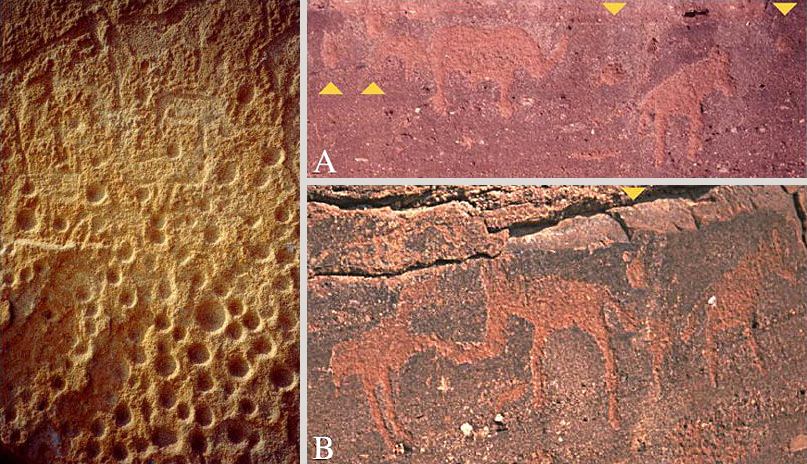APPENDIX 2 - TWYFELFONTEIN SITE REPORT BY SVEN OUZMAN |
7/18 |
|
| Site 7 – Twyfelfontein Main Site Complex |
Site B on Scherz’s Map (B in Figure 14)
S 20° 35’ 41’’ / E 14° 22’ 21”
Site Description
Associated Archaeology
Description of the Boulder field’s rock art

Figure 77 and Figure 78 A and 78 B
→ The Rock Art of Twyfelfontein
→ The Rock Art of Namibia
→ The African Rock Art Archive
→ Bradshaw Foundation
Support our work & become a
Friend of the Foundation
Friend of the Foundation

Follow @BradshawFND and #Discover the World's Oldest #Art https://t.co/93KSOt9IdP #archaeology #history #prehistoric pic.twitter.com/yvDBJmR5Wq
— Bradshaw Foundation (@BradshawFND) February 18, 2016
 |






